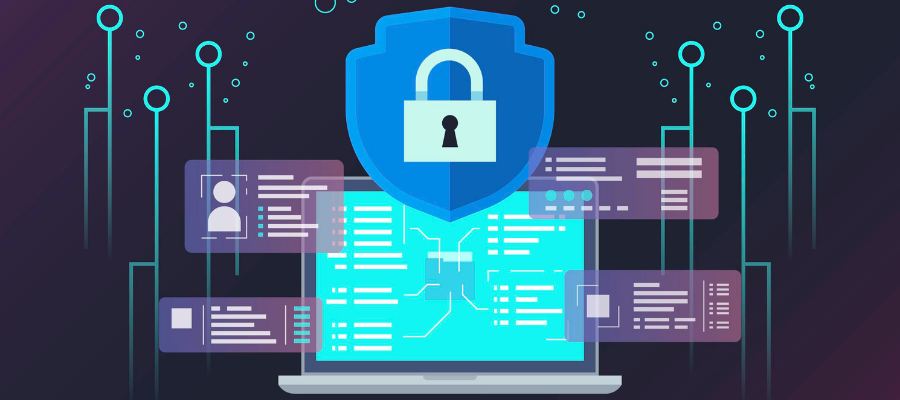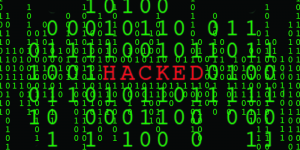Extensive software vulnerabilities are a fact of life, as emphasized by the fact that Microsoft has to rebuild between 55 to 110 vulnerabilities each month this year from which 7% to 17% of those vulnerabilities being sensitive.
May had hardly any vulnerability, in the total number of 55 only four are critical. The issue is that sensitive vulnerabilities like remote code execution and privilege escalation are the things we have seen for many years.
Not only Microsoft consistently patching extensive vulnerabilities, but also we see monthly security updates coming from Adobe, Apple, Google, Cisco, and many more.
How Old Vulnerabilities Become New Again?
Is there is any hope for a secure future with these extensive vulnerabilities in various application software? It’s yes!! Of course, but it does not mean there won’t be threats getting there.
The vulnerabilities being seen may be old to those of us who have been already victimizing by attackers for years or even decades, but the attackers constantly enhance their techniques.
It is unusual for them to use reliable resources for the vicious purpose, and it may not consistently be probable to plan for this exploitation when an application is being created.
The Allowance is Yours!
One of the major vulnerability we will consistently see abused is privilege escalation involving authenticate account in 80% of the security breaches. The most common technique of threat attackers and ransomware operators is to gain authorization on a system to help victimize their actions to gain access to crucial information.
The probable chances of retrieving crucial information are naturally increased if the threat actor has a similar authority as the current user.
In addition to managing software updates, this is when Zero Trust actions and data progress audit become critical. At a minimum Zero Trust refers to the principle of the least authorized should be practiced, multi-factor authentication should be mandatory wherever it is applicable.
This assures that if anyone does not access a system or file cannot access it – till those who have to prove that they are authorized or not. Observing the flow of information can also help to capture a breach early on, reduce the amount of data breach.
The fact is that the Remote Control Execution (RCE) is not going anywhere soon. These adversaries are counted of approx 27% of the attacks in 2020, up from 7% from the previous year. If a threat actor can gain the authorization to execute the arbitrary code on your device remotely, they might have a lot more access than they would from just getting a user to execute a portion of malware with predetermined operations unintentionally.
In case the threat actor gets remote control access and executes the arbitrary code, they achieve the capability to move over the system and probable network – permitting them to change their objectives and techniques based on what they discover.
Detectable observation is one of the superior ways to detect Remote Control Execution on your systems. If an application starts running instructions and revolving up the tactics that have not happened in the normal behaviors, you can directly stop an attacker early on. The matter of fact is that the Remote Control Execution is so familiar also mandate that you keep protecting patches up-to-date to stop many of this adversary before they even initiate.
Who Needs Malware Anyhow?

In today’s world, one of the most favorite attack methods is by utilizing the appropriate processes and whitelisted applications to execute vicious goals. These fileless, or living off the land, attacks can be challenging to detect the malware does not need to be installed on your device.
PowerShell is one of the most relevant applications to be set up this way. Makes sense because PowerShell is a capable application used to script and run system commands.
This is another detail were observing the behaviors of applications and functions can be critical in blocking an attack quickly. Does PowerShell need to disable its security features?
Behaviors like this can be observed, even from the whitelisted applications like PowerShell. While merging this observation with advanced machine learning and Artificial Intelligence, and you can start fingerprinting normal behaviors on your network, with automated responses to the uncommon activity.
Whereas, the usual types of attacks may not change much, any unusual changes to application or code can announce new susceptibility. This never means that we should give up and just grant these attacks to win – it means that this is the right time to escalate the efforts to approve their intentions.
On executing a patch management strategy, observe the network, use behavioral detection, and escape complacency. The truth that extensive software providers are consistently patching major susceptibility is a great thing because the threat actors are not giving up, so why should we.



